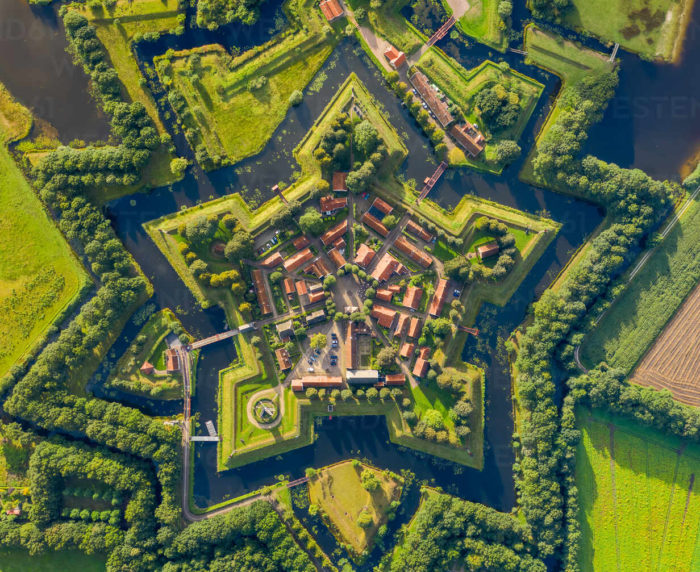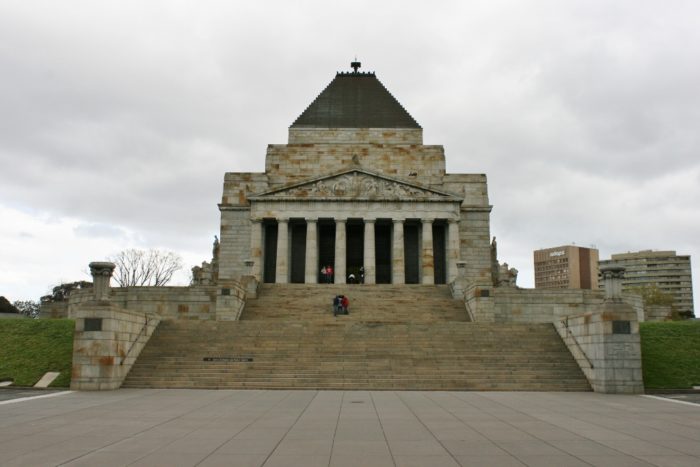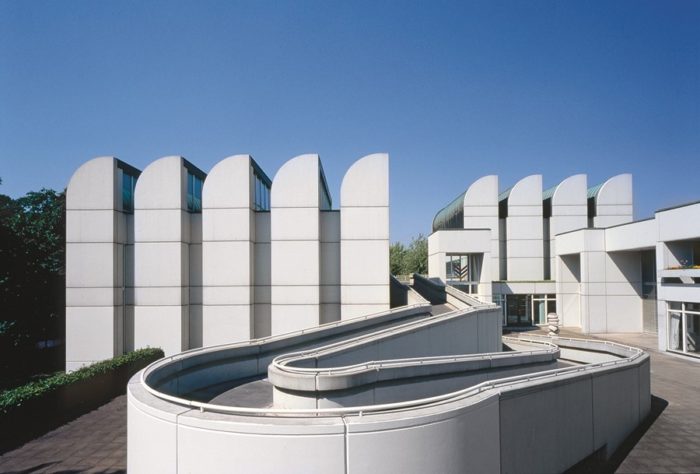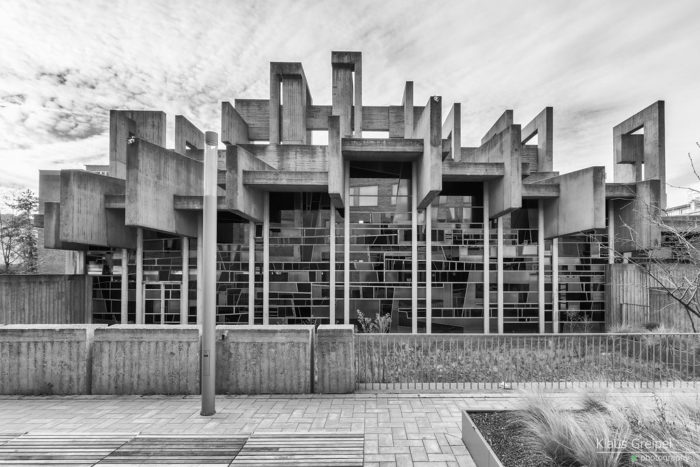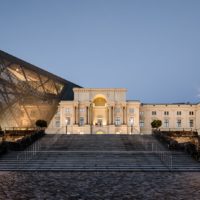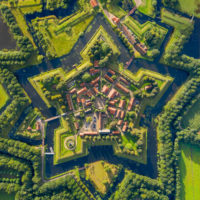The very beginning of architecture, construction, and civilizations was born from the need to be protected—from the weather, from animals, or from enemies. Towers, forts, ditches, parapets, and revetments were all made to anticipate and protect. After that, came industry, technology, war machines, bombs, and satellites; fortification and towering only made it easier to be found and attacked, and cities were destroyed to the bone. Architecture became more of a tool to survive and pay homage: shelters, soldiers’ housing, and memorials.
Because of its novel expression of cultures, architecture can be the first thing to be attacked and destroyed during wars.
So, How does War Affect Architecture?
Architecture is affected by everything; the normal everyday life, the big achievements, and the massive downfalls of history. Whatever affects human, affects his perception of space and his need for a different one to satisfy his ever-changing needs. Wars destroy cities to the ground, leaving people with traumas, loss, and grief that need time to be survived; contrasting this slow process is the rapid and urgent need to actually make up for these losses and recreate the community. The ‘contrast’ here lies in how these two opposing processes affect and synergize with each other.
Several architectural schools and styles were born because of World Wars and how architects approached different ways of fixing the aftermath—these approaches can be abstracted into three main principles.
The first one mainly revolved around restoring what has been destroyed into its pre-war condition. This approach was romantic; people were nostalgic for their old and ‘normal’ life and perceived war only as an event interrupting their ongoing flow of normal. This approach resulted in exact replicas of classic architecture that do not, anymore, serve the communities’ needs and lifestyles.
The second approach inspired the principles from pre-war architecture but did not seek to imitate: buildings that are balanced, monumental, of order but do not include unnecessary ornamentation or excessive decoration.
The third approach sought completely getting rid of what is damaged and destroyed and building from scratch. Cities needed to be rebuilt fast; many people were homeless and displaced and services were destroyed. This resulted in several architectural styles that rejected the past and hoped for a new future that represents it all; the damage, the technology, and even the need to express.
The Bauhaus movement was founded by Walter Gropius six months after the end of World War I. It sought to rebuilt society and fix the catastrophes caused by the war. The Bauhaus emphasized logical, utilitarian design that adopted a “form follows function”, “less is more” ethos for a new postwar period by combining fine arts, crafts, design, architecture, and technology. The architecture of the Bauhaus movement followed certain principles; Eschewing ornamentation to focus on simple, rational, functional design; A focus on simple geometric forms such as the triangle, square, and circle; Asymmetry favored over symmetry; Use of steel, glass, concrete, and other modern materials; Flat roofs; Glass curtain walls; and Smooth façades.
Because of the urgent need to build houses for the homeless, arose the new building typology of housing complexes that followed the Brutalist movement. Brutalist architecture is an architectural style that emerged during the 1950s in the United Kingdom, among the reconstruction projects of the post-war era. Brutalist buildings are characterized by minimalist constructions that showcase the bare building materials and structural elements over decorative design. The style commonly makes use of exposed, unpainted concrete or brick, angular geometric shapes, and a predominantly monochrome color palette; other materials, such as steel, timber, and glass, are also featured. In the United Kingdom, Brutalism was featured in the design of utilitarian, low-cost social housing influenced by socialist principles and soon spread to other regions around the world.
Against these formal, rational, and functional architectural thought schools, appeared the quiet, romantic school of expressionism. Apart from this artistic goal, Expressionist architecture also dealt with communal concepts. Immediately after World War I, the massive physical and human destruction that had been caused by the first large-scale mechanical warfare engendered an anti-industrial feeling. The industry had excelled in manufacturing death machines that resulted in utter destruction. Such a common enemy brought forth thoughts about fraternization, community, and democracy. Especially in Germany, the postwar reality was difficult to bear.
The shock of having lost the war brought with it the feeling that an era had passed and that it was time to orchestrate the rebirth of communal life and the arts. With its propagation of exactly such goals, Expressionism offered a feasible way to cope with the problems of the early 1920s in Europe. Expressionism rejected the machine age as the foundation of artistic creation. In architecture, this came out as the opposition to design as conditioned only by utility, materials, construction, and economics. Instead, Expressionism advocated that political and artistic revolution were the same by transposing the social uprising into artistic activity.
To conclude, post-war architecture is pretty interesting and extremely important—it teaches architects the different ways of rising from downfalls and, most importantly, rising with our eyes looking forward to the future.
- Courtesy of Maciek Lulko
- An aerial view of the restored fortress village of Bourtange. Courtesy of Westend 61
- Bauhaus Archive/Museum für Gestaltung, Berlin, 1976-79© Christoph Petras, Berlin
- Brutalist Architecture. Courtesy of Klaus Greipel
- Shrine of Remembrance, built in 1934. Courtesy of WikiCmmons
- Le Corbusier’s Ron champ Chapel


